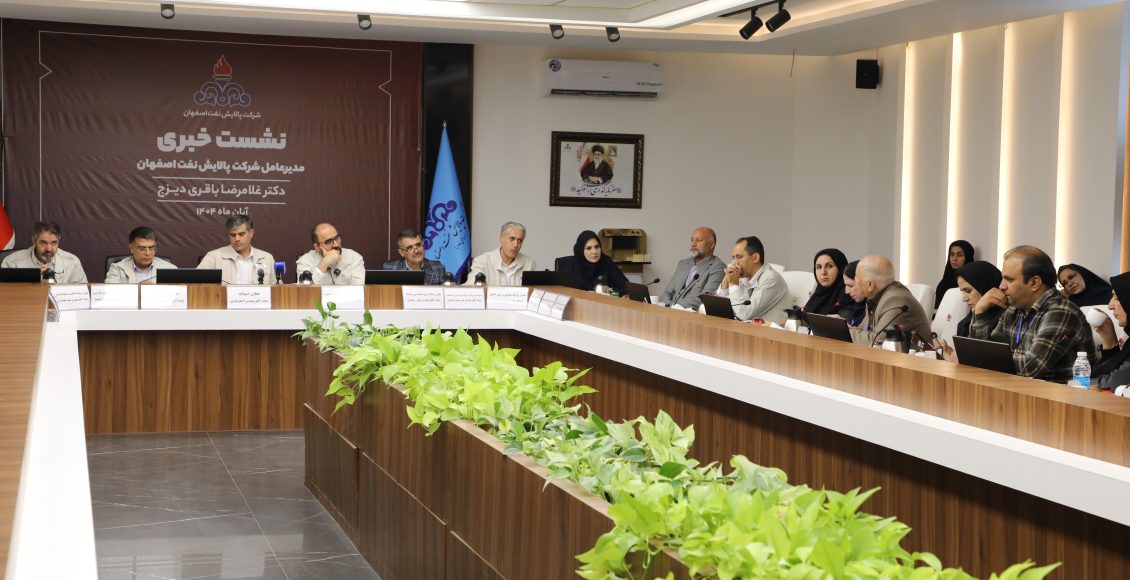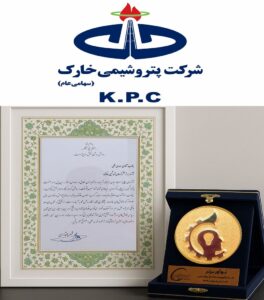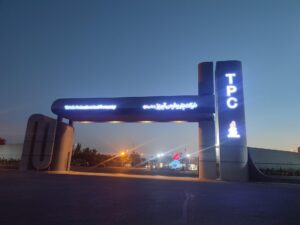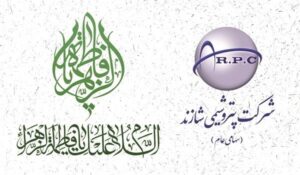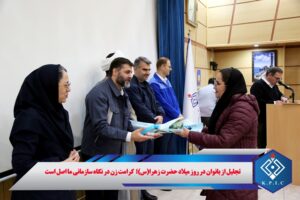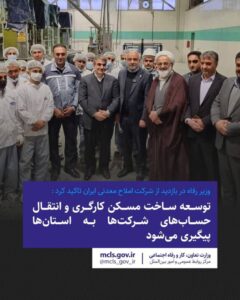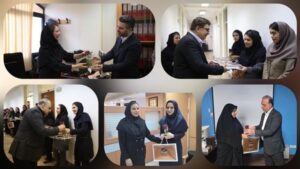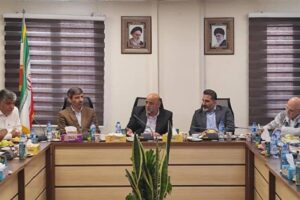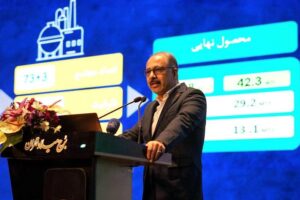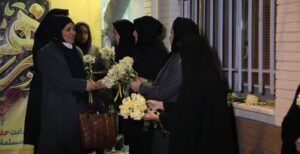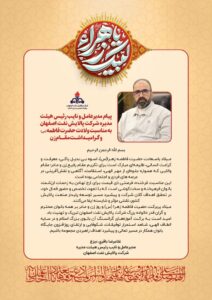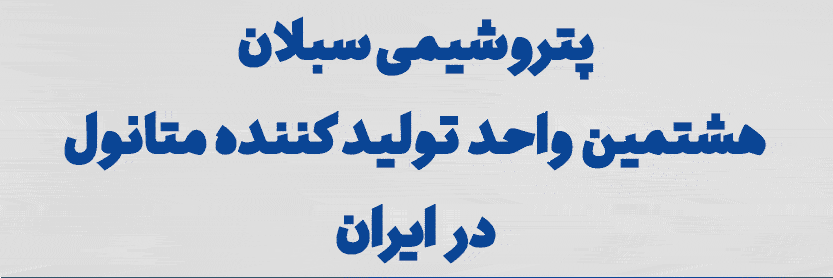The CEO of Esfahan Oil Refining Company (EORC) said the main purpose of this project and the construction of the Residue Fluid Catalytic Cracking Unit (RFCC). is to convert heavy fuel oil into clean fuels such as gasoline, diesel, and petrochemical feedstocks like propylene. According to him, the Residue Hydrodesulfurization Unit (RHU), which produces about 15 million liters per day of low-sulfur heavy fuel oil, will be commissioned by June 2027, and two years after that the RFCC unit will also become operational.
He added that using clean fuel in power plants will reduce the environmental problems caused by mazut consumption. This will also prevent the cutting of gas supplies to small industries and homes during the cold season. With the launch of the RFCC unit, gasoline and diesel production at Esfahan refinery will increase and the country’s need to import these essential products will be met.
Gholamreza Bagheri Dizaj, also said that the new environmental units will increase sulfur production at the refinery, and this is a reason for the improved quality of petroleum products. There is a domestic and foreign market for sulfur consumption and export, and in this regard a “sulfur park” project has been defined in the refinery’s plans to manage usage.
Physical expansion or capacity increase of the refinery is not on the agenda
The CEO of EORC emphasized that physical expansion or capacity increase of the refinery is not on the agenda, and the company’s focus is on improving the quality of petroleum products; projects that lacked specific permits have been halted.
He added that in the coming months, good news will be announced to the public and that wastewater treatment units, optimal use of refinery-produced gases, a unit to increase hydrogen purity percentage, and power generation units will be put into operation.
About 65 percent of required equipment and parts are produced inside Esfahan province
Referring to the province’s domestic capabilities, Bagheri Dizaj stated that about 65 percent of the equipment and parts required by the refinery are produced within Esfahan province and more than 85 percent are supplied from domestic national sources. The company’s current warehouse inventory includes about 40,000 parts, which will increase to 100,000 parts with implementation of optimization projects.
we will no longer need the national grid
The CEO reported the refinery’s electricity consumption at about 60 megawatts and said half of this need is supplied through the national grid and the remainder by on-site power plants. With the installation of four gas generators and commissioning of solar energy — which will be put into service within one year with a capacity of 216 MW — Esfahan refinery will be able to send electricity to the national grid.
ٍEORC is no longer dependent on the Zayandeh-Rud water
The sea water transfer project to the refinery has started operation and the refinery is no longer dependent on Zayandeh-Rud water. About half of the required water is supplied from seawater and the rest from treated wastewater.
First-half profit equals last year’s total profit
The CEO of EORC announced that the company distributed more than 18 trillion tomans in profit last year, and the profit for the first six months of this year has risen by about 300 percent to more than 30 trillion tomans — roughly equal to last year’s total profit.
One of the company’s main social responsibility programs is building schools
Referring to the approval of 250 billion tomans for corporate social responsibility at the company’s annual general meeting, he said this fund will be spent according to the provincial governor’s office and the provincial planning council’s priorities in the cities of Esfahan, Shahin Shahr, and surrounding areas. Bagheri Dizaj added that one of the company’s primary social responsibility programs is building schools. In this regard, schools are currently being built in Dehaghan, the town of Sin in Barkhar county, and the Shahin Shahr Mehr housing complex. It is also planned to gradually build additional schools across the province.
The refinery’s pollution levy share has fallen from about 1.5% to 0.5%
He noted that the refinery pays an annual pollution levy and said that carrying out large environmental projects and investing billions in this area has reduced the pollution levy share from about 1.5 percent to 0.5 percent; the ultimate goal is to reach zero pollution.
Esfahan refinery produces 13–14 million liters of Euro 5 gasoline per day
Bagheri Dizaj continued, emphasizing that this refinery was privatized under Article 44 of the Constitution and, while it still plays a national role, receives no government budget; all expenses are covered by its revenues and profits. He added that Esfahan refinery is one of the country’s most important refineries and supplies a significant portion of the nation’s fuel. The refinery produces 13–14 million liters per day of Euro 5 gasoline, about 25 million liters per day of Euro 4 and Euro 5 diesel, 1,200 tons of liquefied petroleum gas (LPG), and nearly 12 million liters per day of heavy fuel oil. The refinery also supplies feedstock to neighboring industries. All of the country’s required solvents are produced at this refinery.
Reality-based data must be published
In another part of his remarks, he stressed the importance of providing transparent and accurate information and said: correct information dissemination is the duty of us and the media. People should receive real news — neither discouraging, unreal stories nor falsely attractive fake news.

